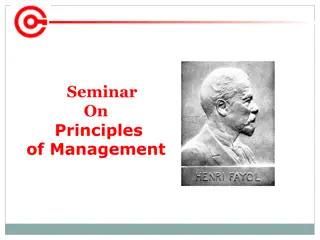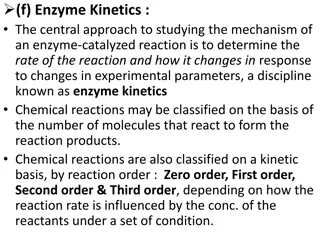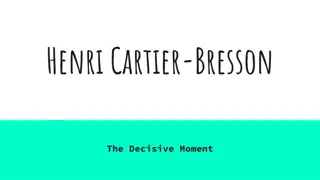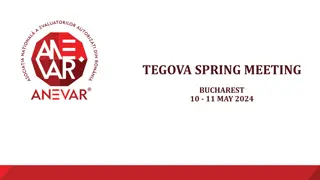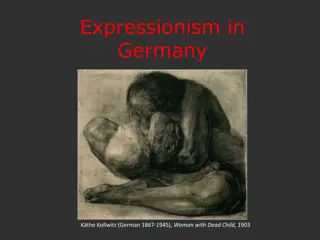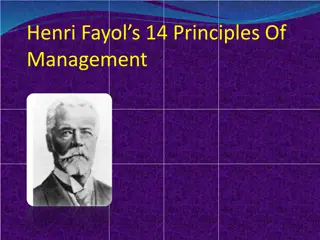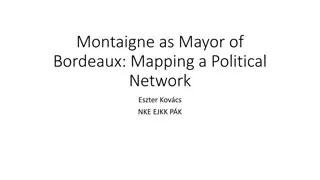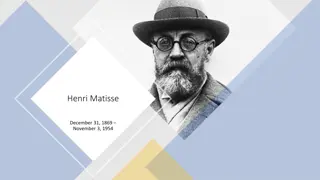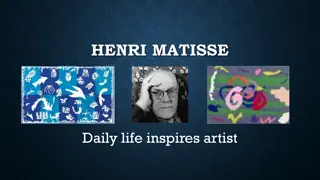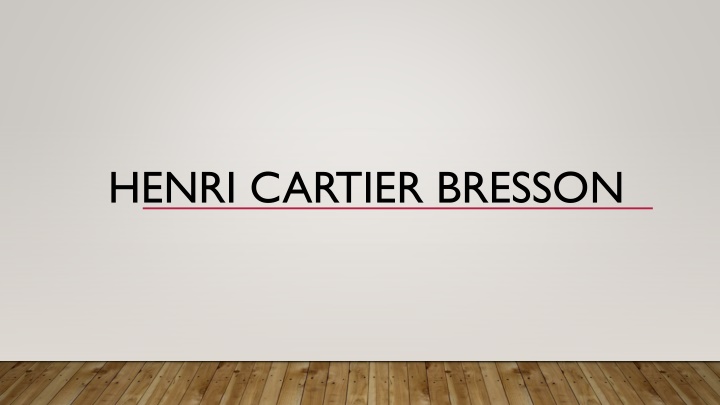
Henri Cartier-Bresson: Master of Candid Photography and War Hero
Explore the life and achievements of Henri Cartier-Bresson, a renowned French photographer known for his candid photography and remarkable contributions during World War II. Learn about his techniques, interesting facts, and impactful films he worked on, uncovering a fascinating journey through history and art.
Download Presentation

Please find below an Image/Link to download the presentation.
The content on the website is provided AS IS for your information and personal use only. It may not be sold, licensed, or shared on other websites without obtaining consent from the author. If you encounter any issues during the download, it is possible that the publisher has removed the file from their server.
You are allowed to download the files provided on this website for personal or commercial use, subject to the condition that they are used lawfully. All files are the property of their respective owners.
The content on the website is provided AS IS for your information and personal use only. It may not be sold, licensed, or shared on other websites without obtaining consent from the author.
E N D
Presentation Transcript
Henri Cartier- Bresson was from in Chaneteloup- en-Brie, France in the year of august 22,1908. He was famous for his mastery at candid photographs. He attended the university of Cambridge, Lycee Condorcet. His art can be found in the San Francisco Museum of Modern Art. He was considered to be one of the first to pioneer the genre of street photography. He was awarded 10 awards one in 1981 for the Grand Prix National de la photographie. As well in 1982 he was awarded the Hasselblad Award which is an award given to a photographer recognized for major achievements. Including those 2 he also won Overseas Press club of America award(1948,1954, 1960, 1964) , The A.S.M.P. award (1953), The Prix de la Societe francaise de photograhie, Prix Nadar, and The cultural award from the German society for photography. He was not only known for his photographs but as well filmmaking, photojournalism, painting.
Techniques Cartier-Bresson typically used his Leica 36 mm range finder which he fitted with a 50 mm Lens with a fast black and white film and sharp lenses which he called his velvet hand with the hawk eye. Cartier-Bresson strongly believed in composing his photographs in a viewfinder not in a darkroom. He proved this by printing only full frames that were not cropped and even had the first few mm of unexposed negatives. This gave the photos a black frame around them.
Interesting facts about his life Cartier-Bresson served in the French army as a corporal in the film and photo unit during World War 2 (1939). In 1940 He was captured by German soldiers on the Vosges Mountains in which he spent 35 months as a prisoner of war in camps under Nazi control. He attempted to escape 3 times two of which failed and caused him to be punished to solitary confinement. Which is why people say he hated communicating and was relatively shy because of the trauma he endured. Once he escaped hid in a farm in Touraine while he worked on getting false paper that allowed him to travel to Franc. Once in France he worked underground to aid escapees of the camps. After the war both his film for returning war refugees released in united states. Also his the publication of his first book was let out The photographs of Henri Cartier-Bresson. .
Films he worked in https://youtu.be/f8dvzG1AswY https://youtu.be/82lx4EuczpI
Henri Cartier-Bresson (French, Chanteloup-en-Brie 19082004 Montjustin)
THE BERLIN WALL, WEST GERMANY (1962)- Henri Cartier-Bresson
The photograph itself doesnt interest me. I want only to capture a minute part of reality - Henri Cartier-Bresson



